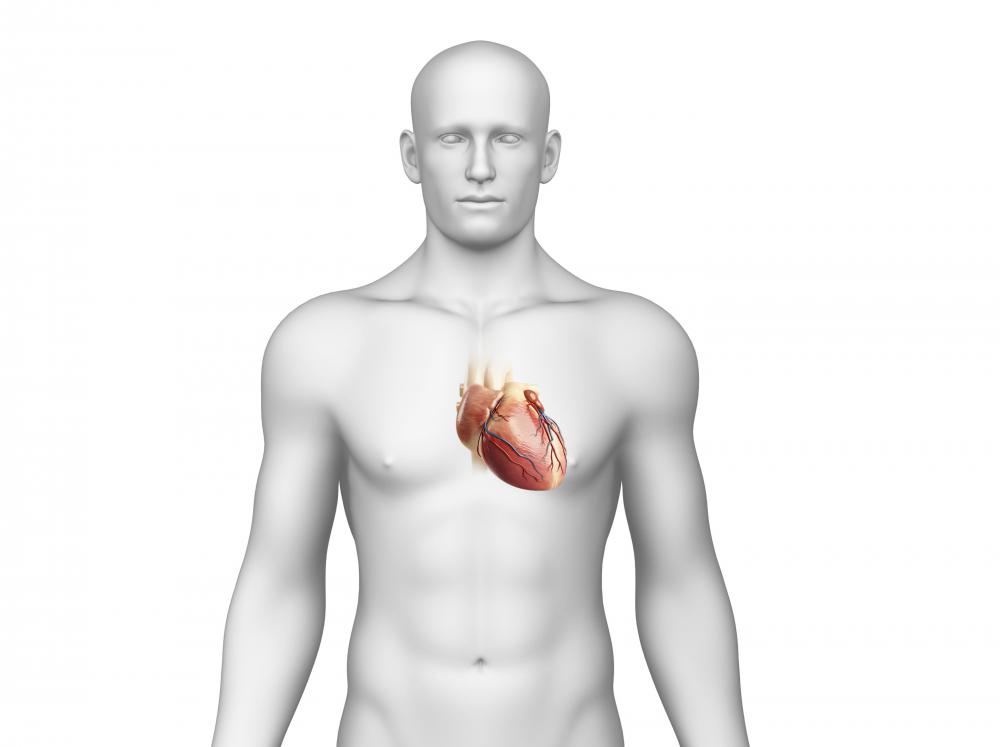At TheHealthBoard, we're committed to delivering accurate, trustworthy information. Our expert-authored content is rigorously fact-checked and sourced from credible authorities. Discover how we uphold the highest standards in providing you with reliable knowledge.
What is the Mustard Procedure?
The Mustard procedure is a form of surgery used to repair congenital heart defects. It was developed in Toronto, Canada in 1963 by Dr. William Mustard, who practiced at the Hospital for Sick Children. The procedure was created to fix a birth defect known as transposition of the great vessels, a condition in which the vessels attached to the heart move blood in the incorrect direction, so that deoxygenated blood flows towards rather than away from the heart. Timely completion of a process such as the Mustard procedure is often necessary in order to save the life of a newborn child.
Transposition of the great vessels occurs when the major arteries that come from the heart, known as the aorta and the pulmonary artery, are connected to incorrect chambers in the heart. This creates a dangerous situation in which deoxygenated blood is being moved into the body. Children with the condition are commonly referred to as “blue babies” due to the tinge their skin has because of the improper circulation of oxygen.

The Mustard procedure involves the transposition of the function of the major arteries so that oxygen flow can circulate properly throughout the body. This is accomplished by the creation of a baffle, or tunnel, which reverses the flow of blood so that the body can be properly supplied with oxygenated blood. In a typically functioning heart, deoxygenated blood goes through the right ventricle into the lungs and goes through the left ventricle to reach the rest of the body. After the Mustard procedure, blood goes to the lungs through the left ventricle and is sent to the rest of the body through the right ventricle.

Young adults who have undergone the Mustard procedure as a child may experience complications such as coronary artery problems or valve leakage. Another common problem is an abnormal heart rhythm due to scar tissue from the surgery. Some patients may also suffer from blockage in the baffle that was made to redirect the flow of blood. The right ventricle can also become weak, as it still remains the main pumping chamber for the heart, despite the redirection of blood flow to and from the heart. This weakening can cause congestive heart failure.

Patients who have had the Mustard procedure must be observed regularly for the rest of their lives. They usually have regular testing, which can include echocardiogram, Holter monitor, electrocardiograph, and stress testing. Patients who have a pacemaker usually require even more frequent exams.
AS FEATURED ON:
AS FEATURED ON:













Discussion Comments
My daughter had the mustard surgery at the age of three months. She had a pacemaker at the age 17. Now at age 38, her heart is failing and she may be a needing a heart transplant. It's pretty stressful stuff but I appreciate all the years I have had her.
Post your comments